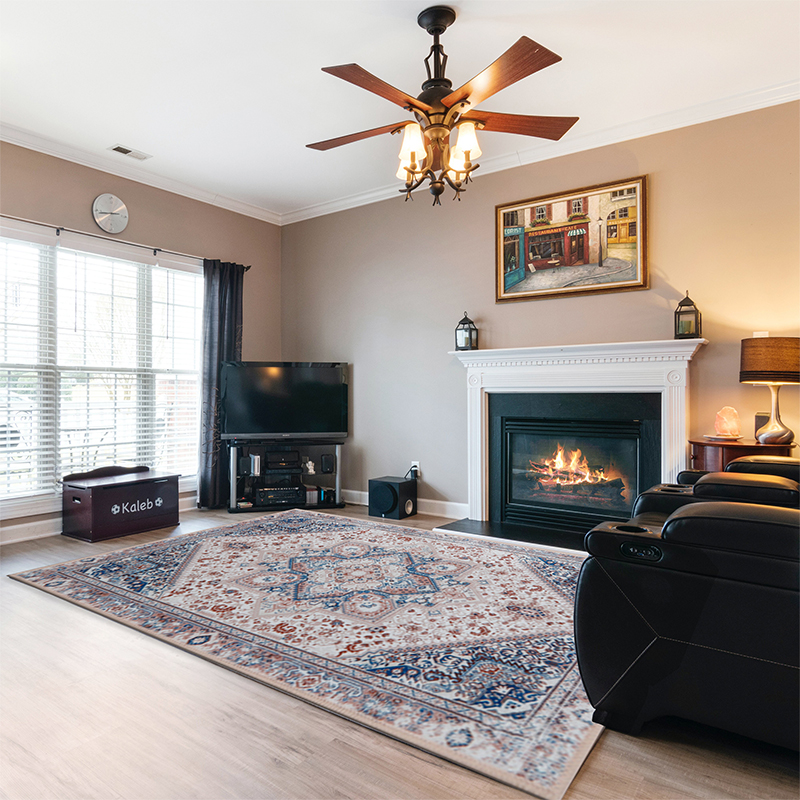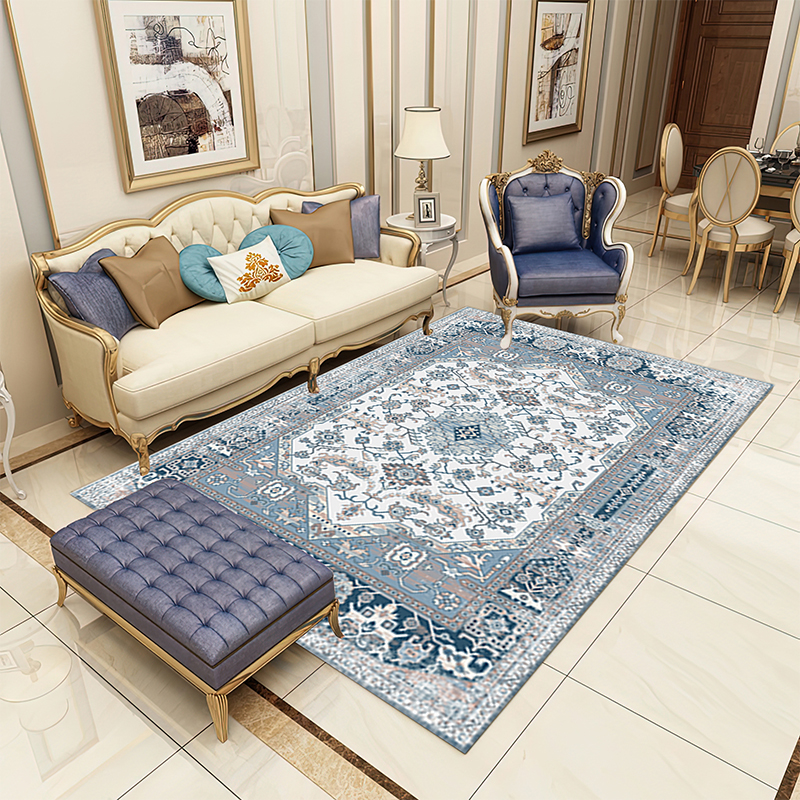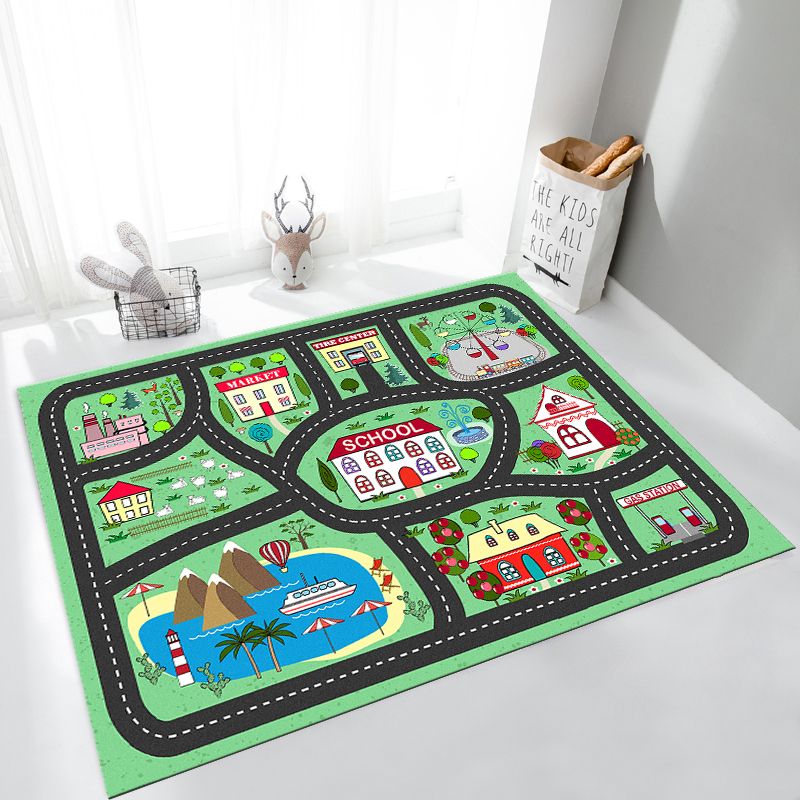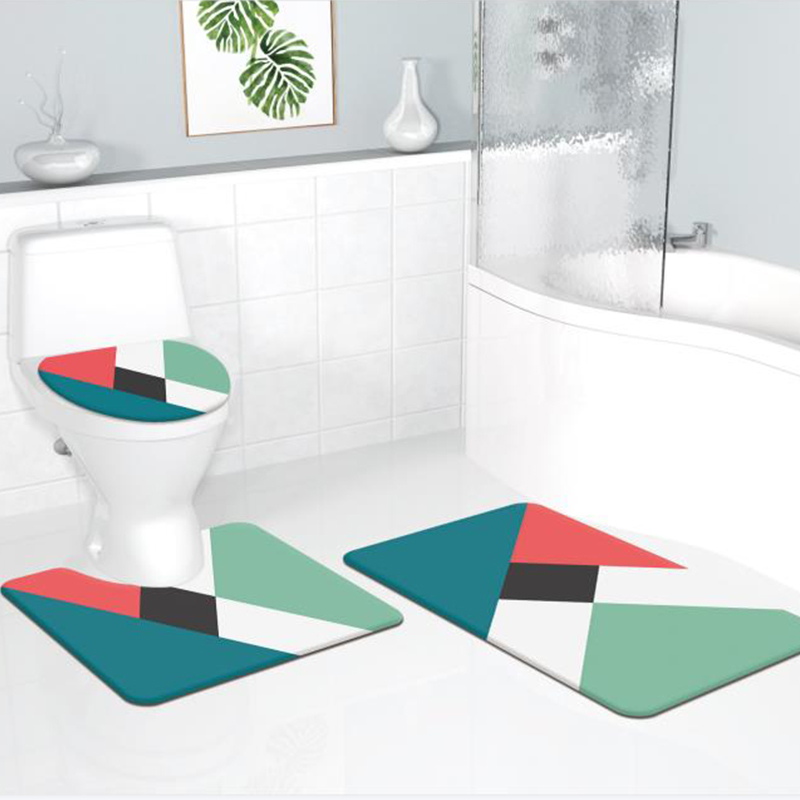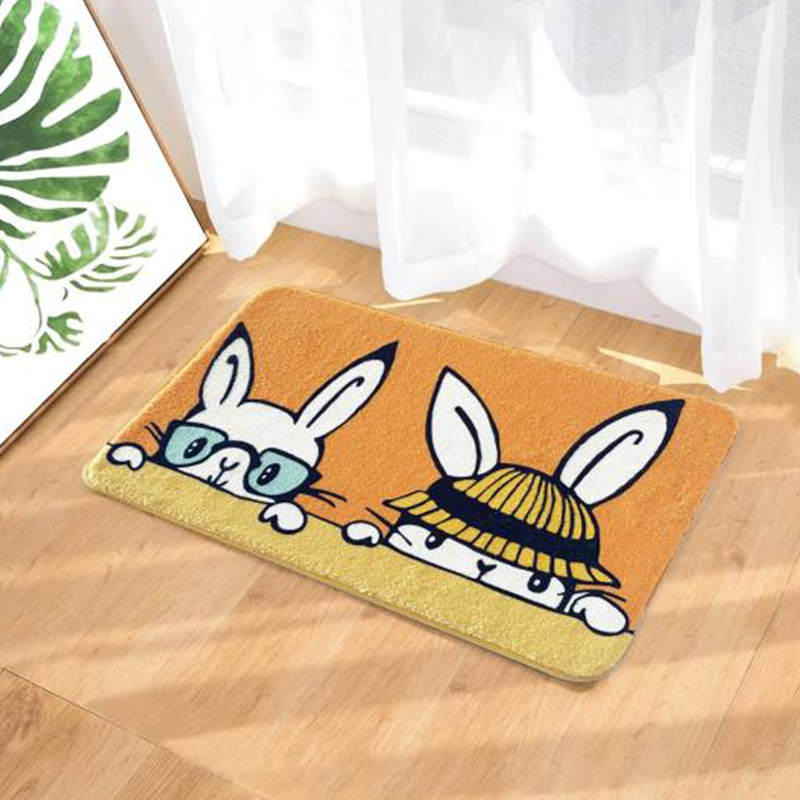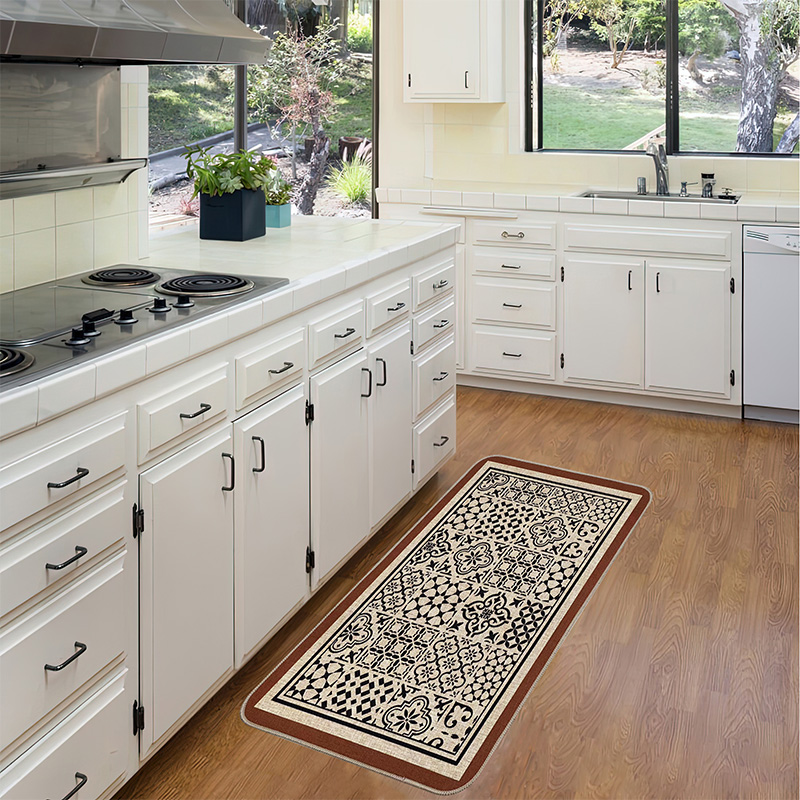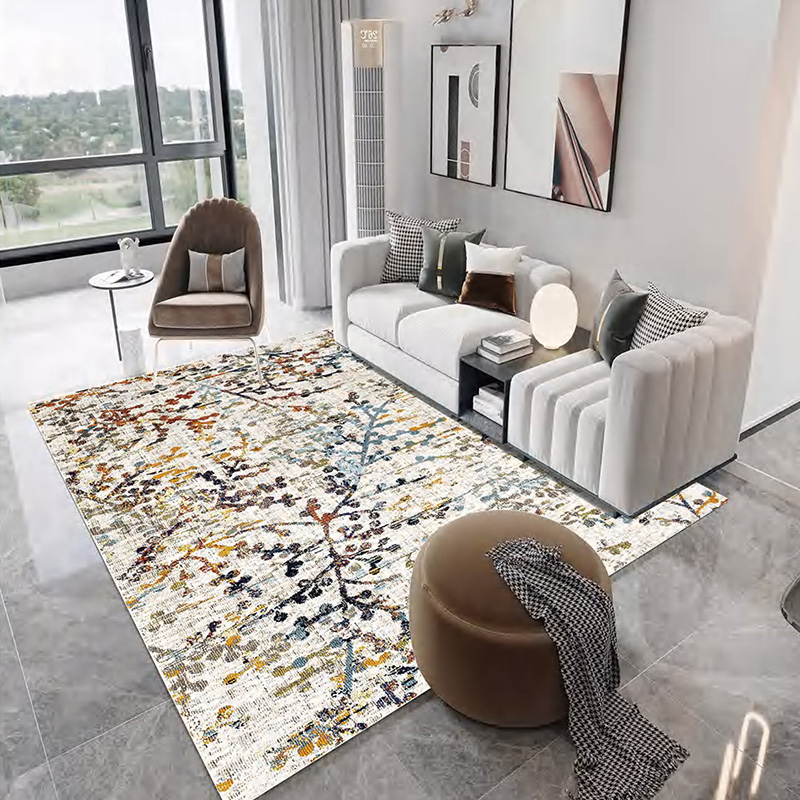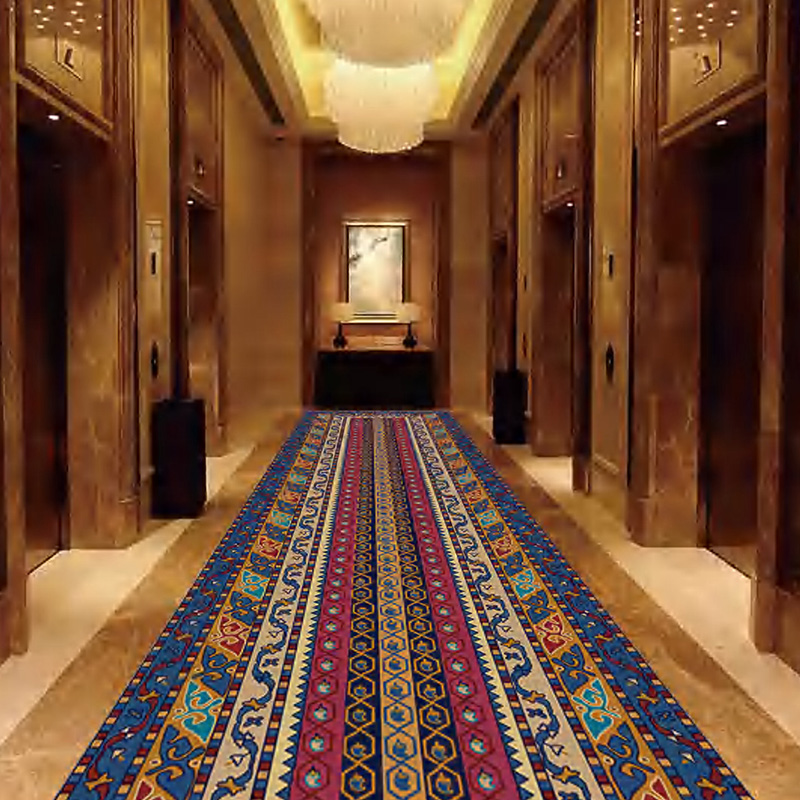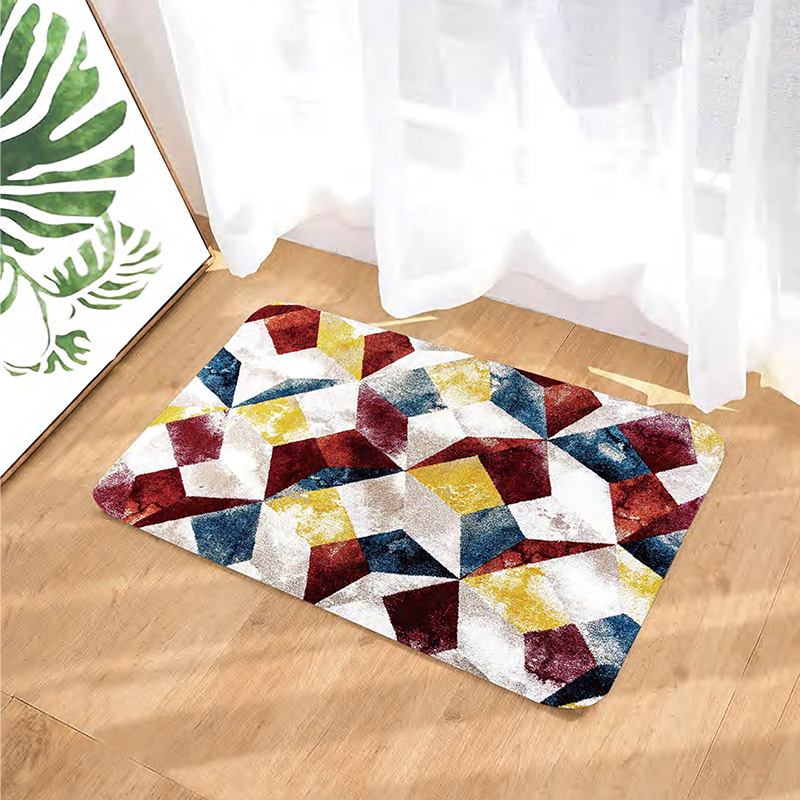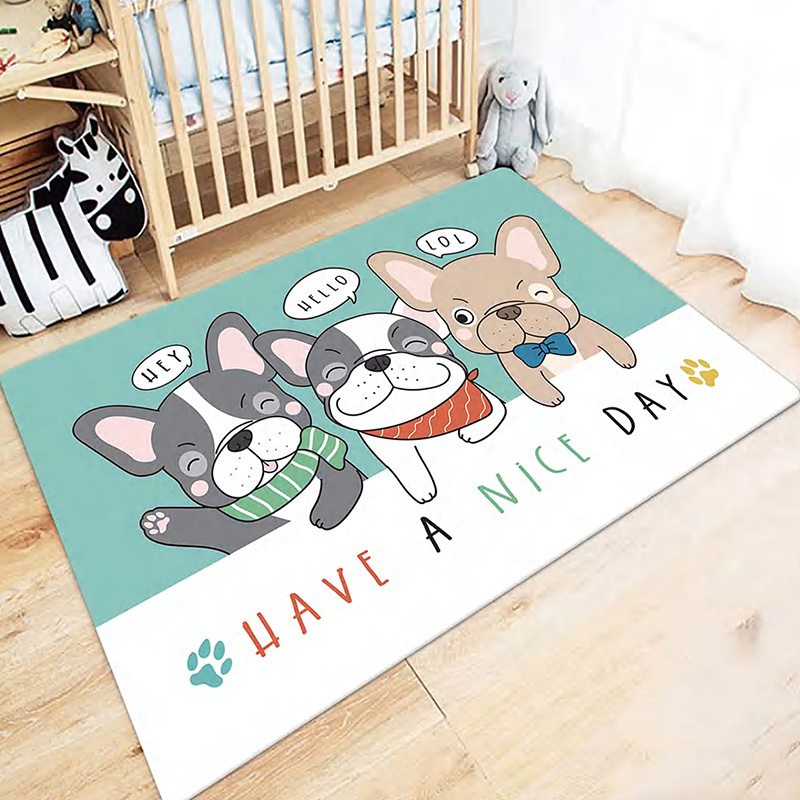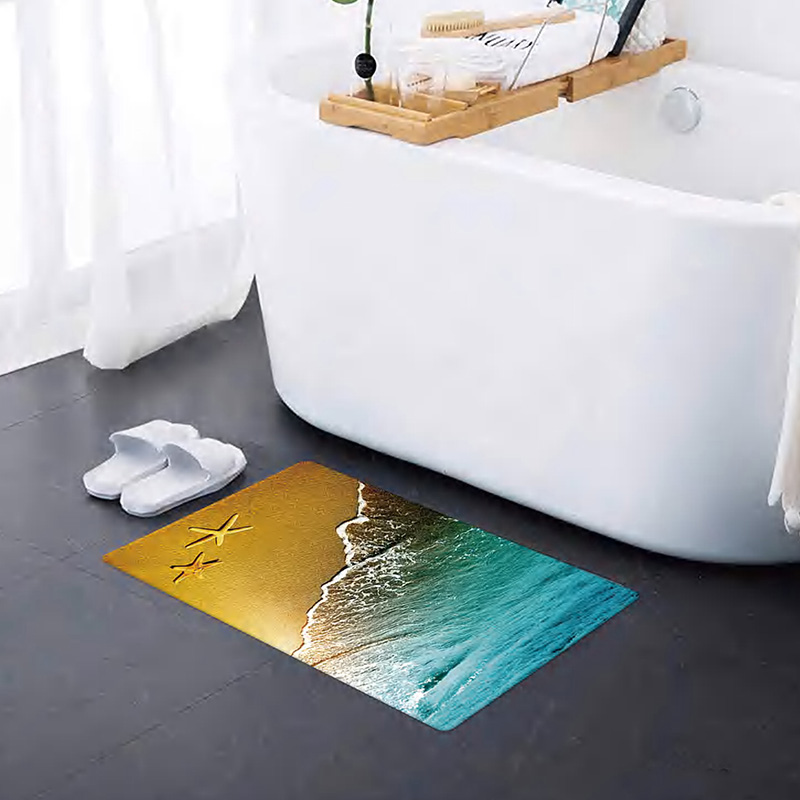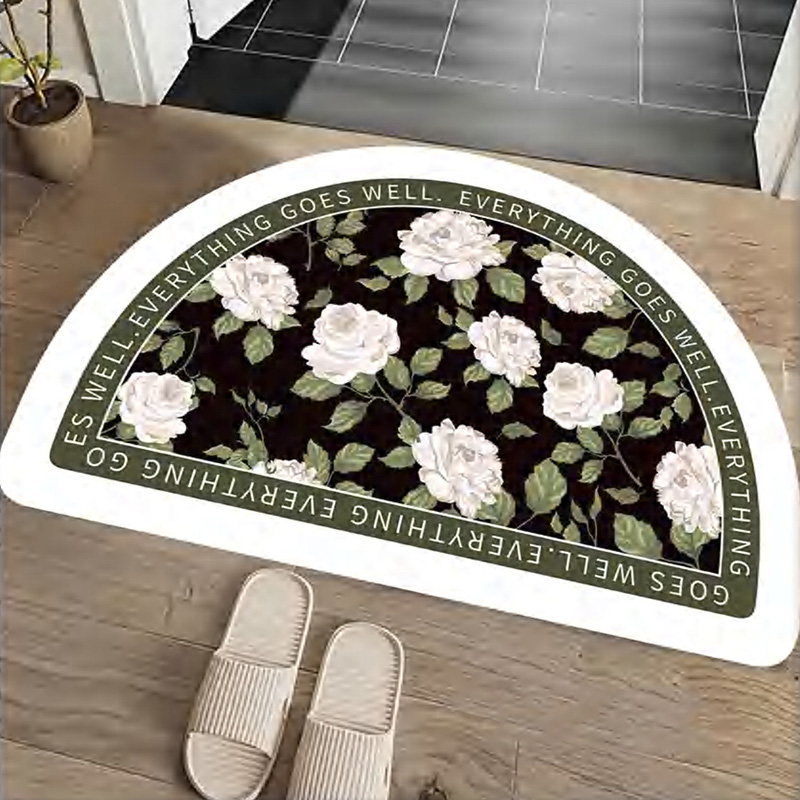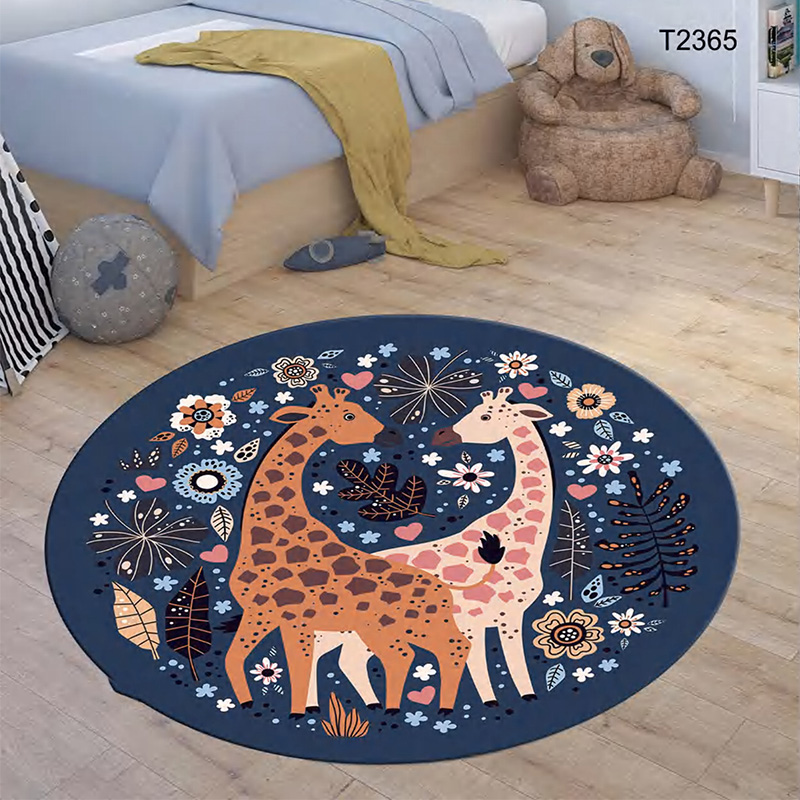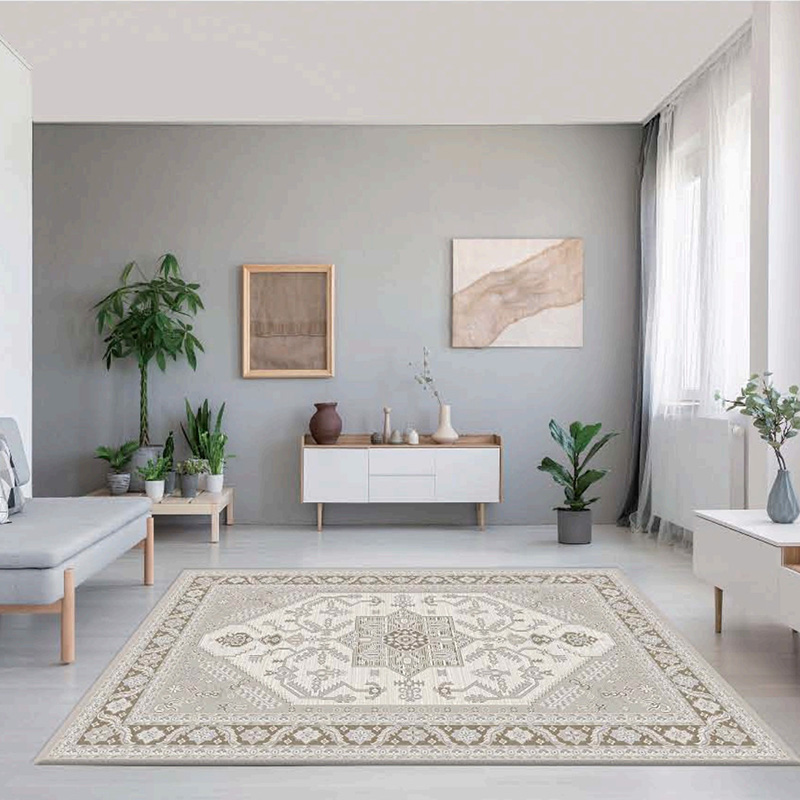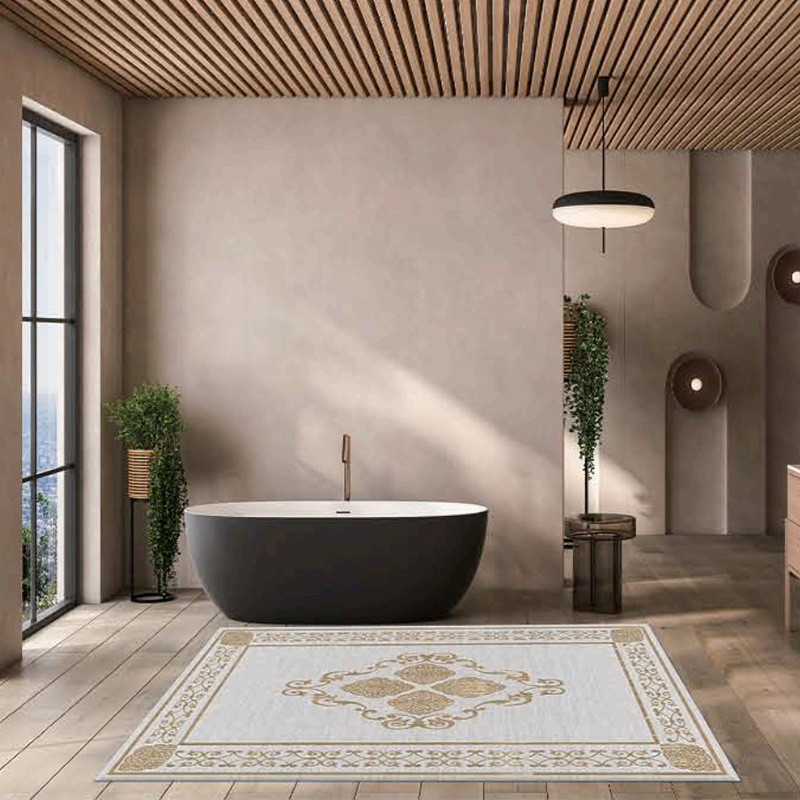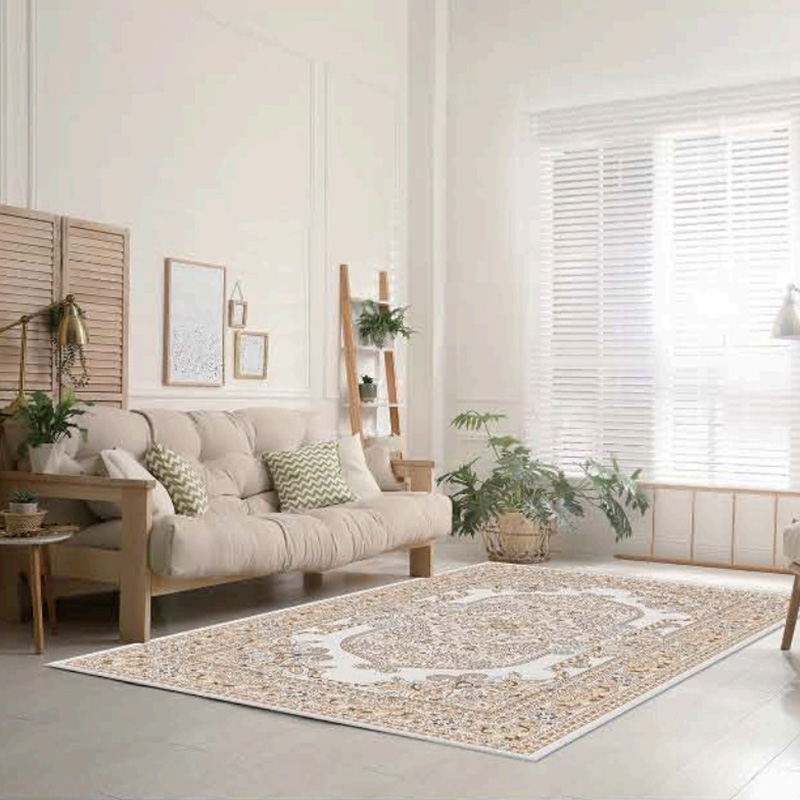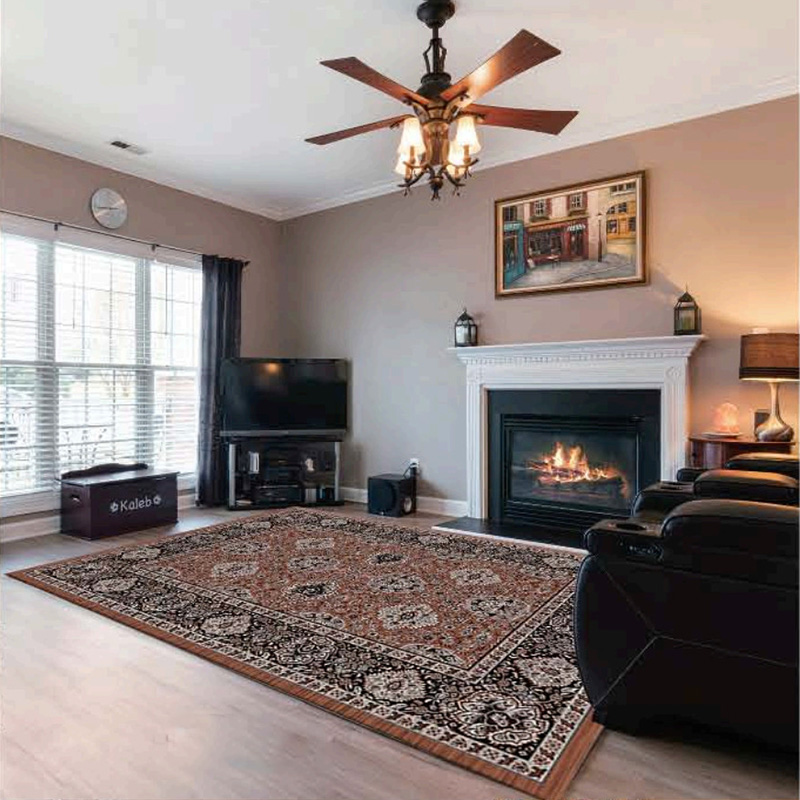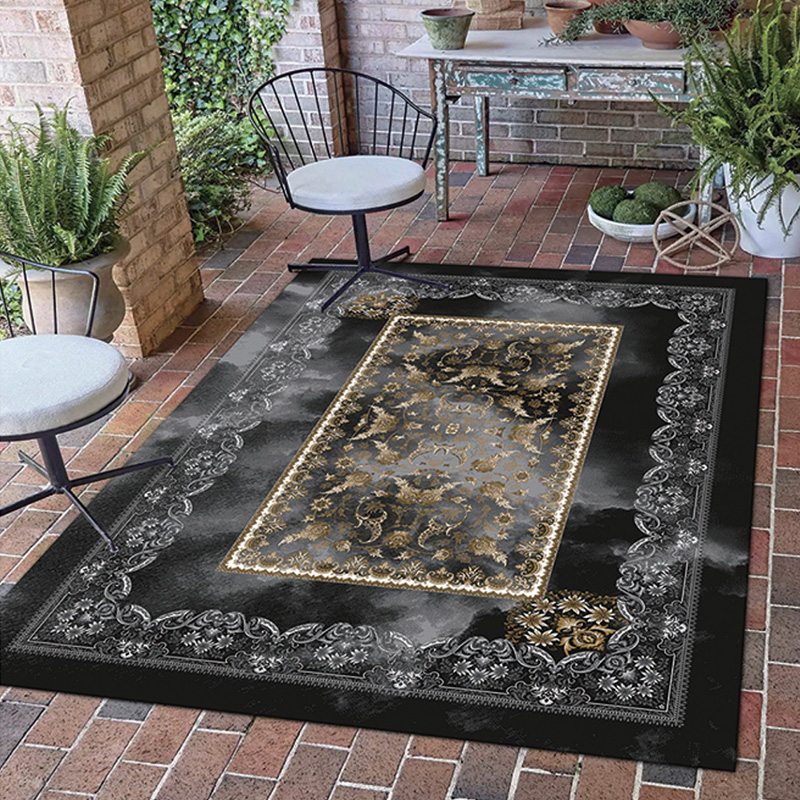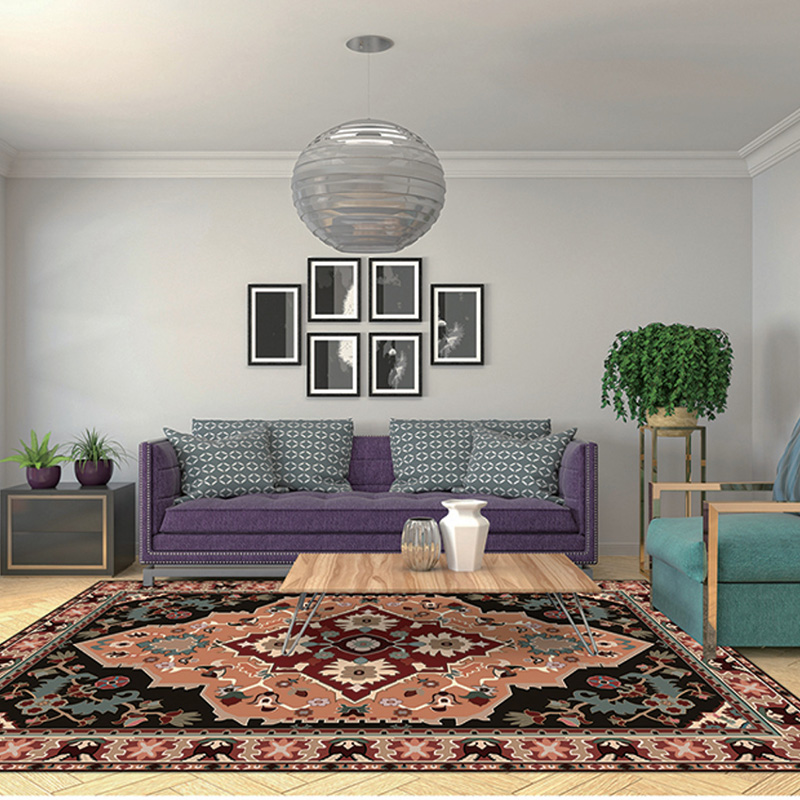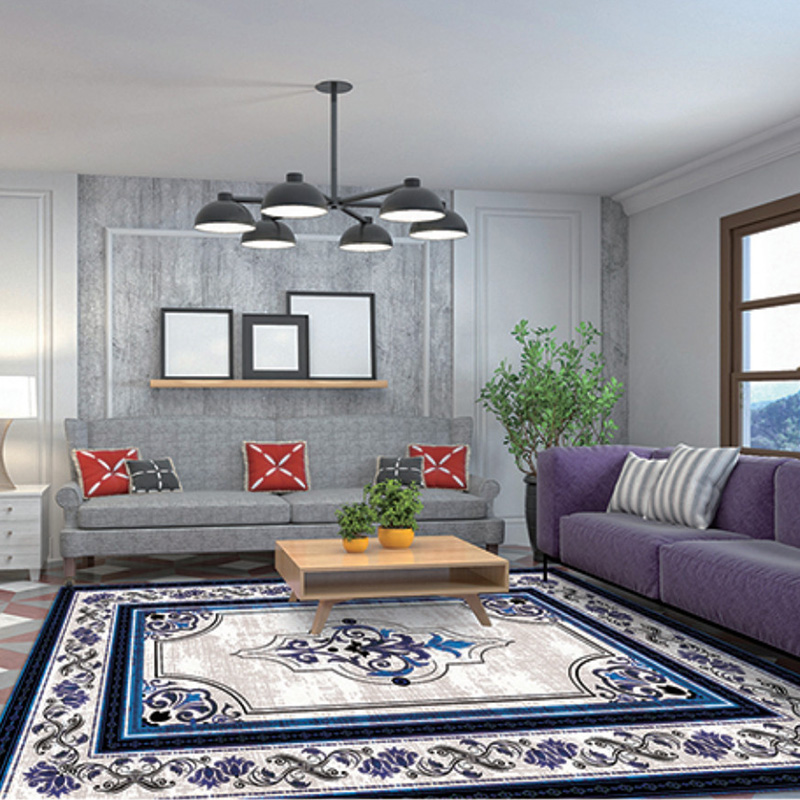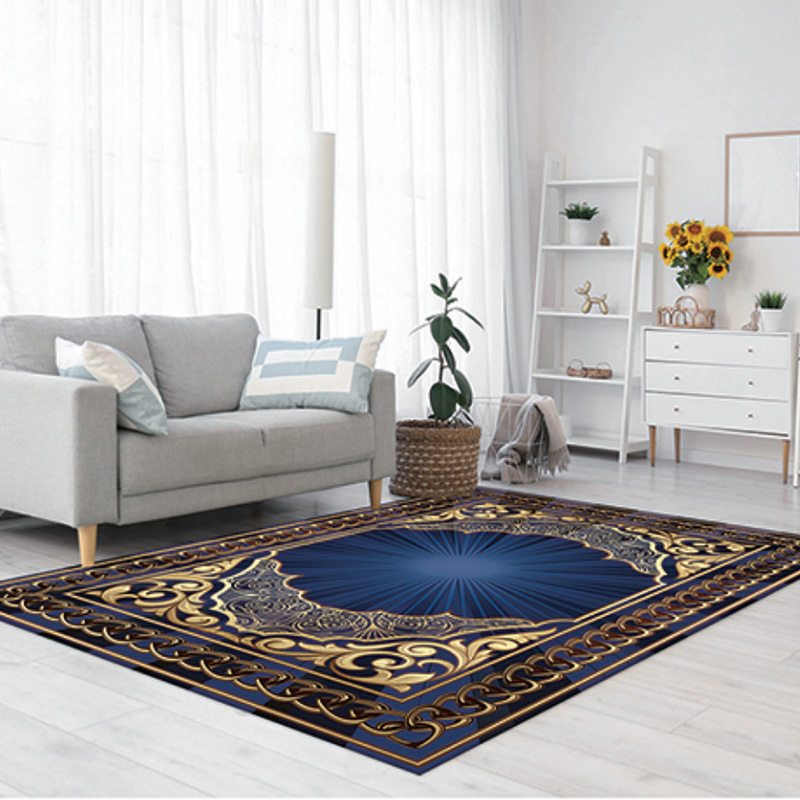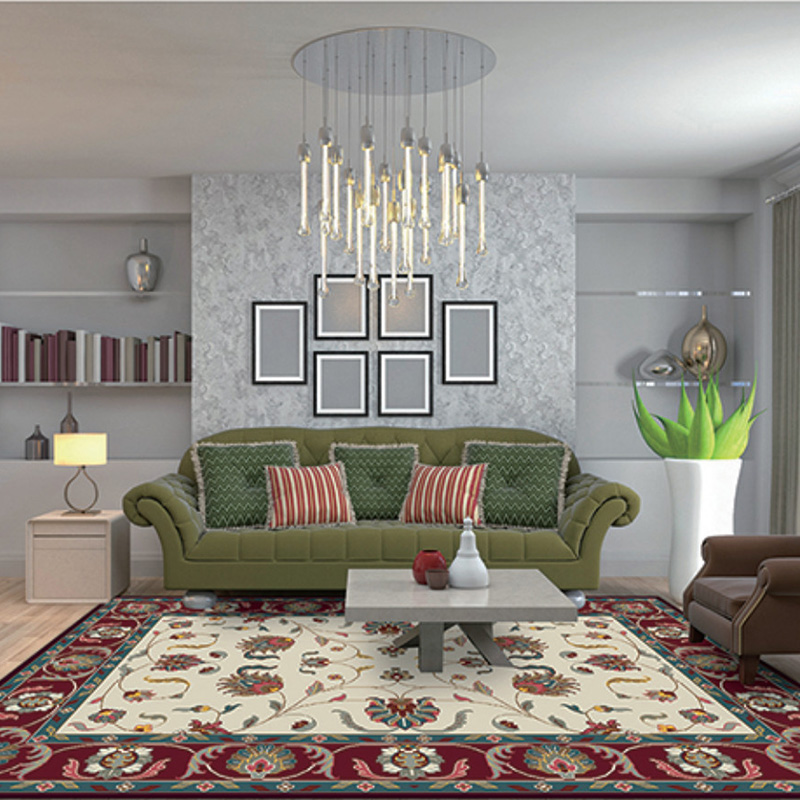In recent years, the global market for portable prayer mats has experienced significant growth, driven by evolving consumer lifestyles, increasing awareness of spiritual practices, and the rising trend of travel-friendly religious accessories. From innovation in materials to expanding retail channels, the industry surrounding portable prayer mats is rapidly maturing, reflecting broader cultural shifts and the intersection of faith, convenience, and design.
Rising Demand Linked to Modern Mobility
As more people engage in global travel for work, education, or leisure, the need for compact and easy-to-carry religious essentials has become more pronounced. Portable prayer mats offer a practical solution for practicing Muslims who require a clean and respectful space to perform their daily prayers regardless of location.
These mats are now widely used not only by travelers but also by students, office workers, and outdoor enthusiasts. Designed to be lightweight, foldable, and sometimes equipped with water-resistant or non-slip features, portable prayer mats cater to modern, on-the-go lifestyles without compromising spiritual commitment.
Innovative Designs Fueling Market Growth
The industry has witnessed a surge in innovation as manufacturers compete to provide utility and aesthetics. Traditional woven designs are being replaced—or complemented—by mats made from high-tech materials such as microfiber, EVA foam, and synthetic leather. These new materials allow for easy cleaning, enhanced durability, and compact storage, which are highly desirable attributes for active users.
In addition, many manufacturers have incorporated thoughtful features such as built-in compass indicators for Qibla direction, phone pouches, and carrying pouches that double as covers or organizers. Some luxury versions even integrate memory foam padding for additional comfort during prolonged use, catering to older worshippers and those with joint concerns.
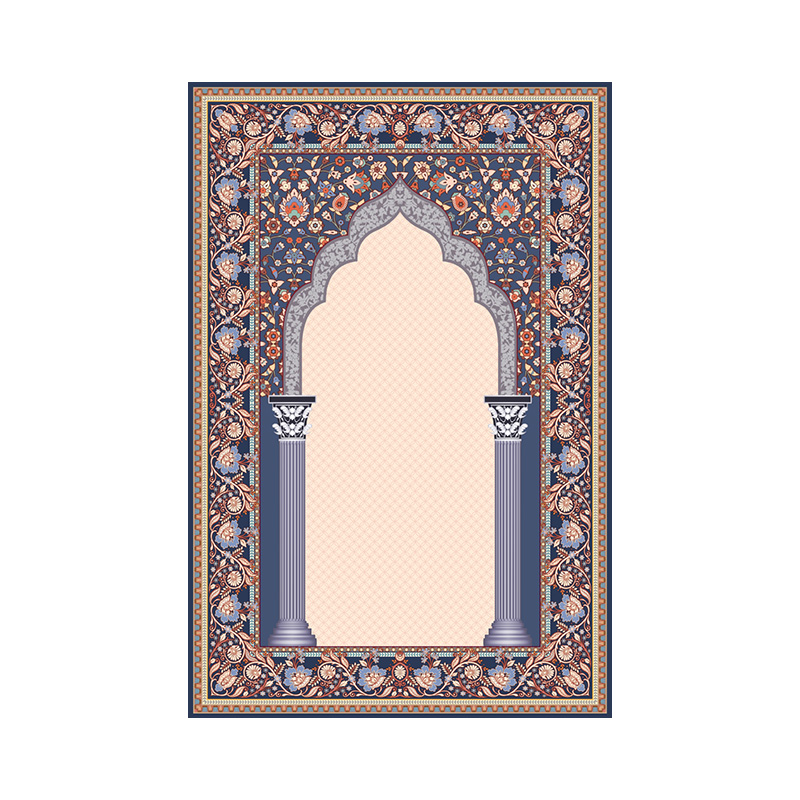
E-Commerce Accelerates Market Access
The rise of e-commerce platforms such as Amazon, Etsy, and niche Islamic online retailers has played a crucial role in the global distribution of portable prayer mats. With consumers now able to browse an extensive variety of models and designs online, small and mid-sized brands are gaining access to markets previously dominated by traditional religious goods suppliers.
Moreover, digital marketing has allowed these companies to target younger, tech-savvy Muslim consumers. Social media influencers and content creators have become key partners in promoting products, emphasizing style, portability, and faith-centered convenience.
Expanding User Base Across Cultures
Although primarily associated with Muslim prayer practices, portable prayer mats are being embraced by a wider audience. Yoga enthusiasts, meditation practitioners, and even outdoor campers have found them useful for creating personal spaces for mindfulness and rest. This crossover appeal is helping brands explore opportunities outside the traditional religious goods market.
Additionally, the availability of gender-neutral and minimalist designs has broadened their appeal across various demographic groups, including international travelers and expatriates who prioritize spiritual balance in unfamiliar settings.
Sustainability Becomes a New Priority
As with many consumer product sectors, sustainability has become an important concern in the portable prayer mat industry. Consumers are increasingly seeking mats made from eco-friendly or recycled materials, and several manufacturers are now promoting biodegradable options that align with both Islamic ethical values and global environmental awareness.
Some companies are also adopting sustainable packaging solutions and fair-trade practices, appealing to a younger generation of consumers who prioritize ethical sourcing and low environmental impact in their purchasing decisions.
Regional Market Highlights
Middle East and North Africa (MENA): As the spiritual heartland of Islam, the MENA region remains a key market for portable prayer mats. However, local consumers are showing growing interest in modern designs that blend tradition with innovation.
Southeast Asia: Countries like Indonesia and Malaysia are seeing a boom in domestic production, with local artisans combining traditional patterns with portable functionality. Export opportunities are also increasing from this region.
Europe and North America: Among diaspora communities and converts to Islam, demand is rising sharply. The convenience of a portable mat is especially valued in non-Muslim-majority countries where access to prayer facilities may be limited.

 英语
英语 阿拉伯语
阿拉伯语 德语
德语
